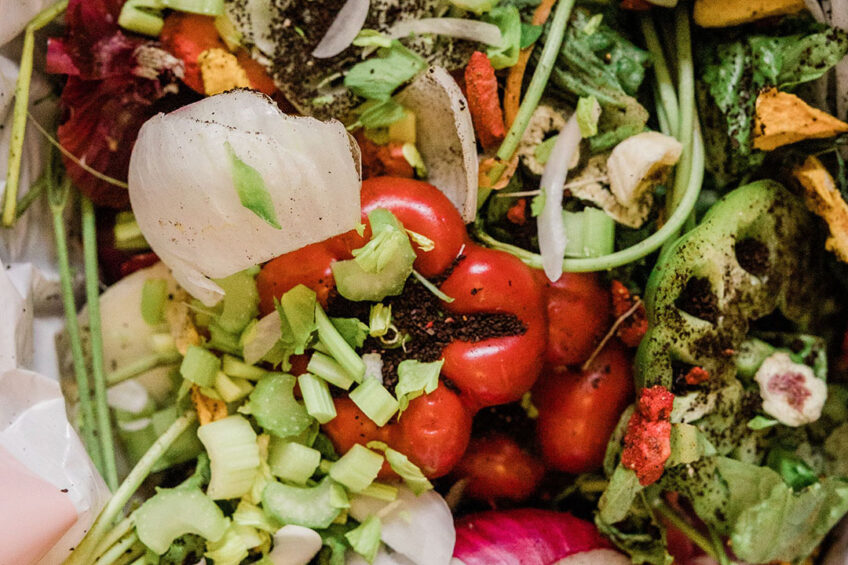Rethinking rules on food waste use as animal feed

Scientists say the magnitude of global food loss and waste requires a major overhaul of economies and food supply chains to reduce food insecurity, environmental burdens and economic losses.
Reducing food loss and waste and improving access and distribution to feed hungry people are the highest priorities.
They say governments in Japan, South Korea and Taiwan have been leading the way in this area, developing laws, regulations, economic incentives, subsidies and infrastructure to require collection and recycling of all sources of food waste and promote the conversion of a high proportion – up to 65% to safe animal feed.
Heat treatment – extremely effective in Japan
The requirement of mandatory heat treatment of food waste has been extremely effective in Japan, with no disease outbreaks associated with feeding heat-treated food waste to animals during the past 20+ years due to a well-designed, government subsidised, multi-stage evaluation and certification system that requires strict adherence to required heat processing conditions to avoid feed safety concerns related to animal disease transmission.
Existence of excessive laws & regulations
Many countries have extensive laws and regulations designed to prevent transmission of animal diseases, such as BSE, but those in the US and the EU are too restrictive, they say, based on current heat processing technology and monitoring systems available. As a result, only 5-10% of available food waste is used in animal feeds.
China: New government initiatives show promise
In China, despite difficulties controlling African Swine Fever virus, new government initiatives show promise for developing guidelines, infrastructure and processes for diverting more than 350m tonnes of annual food waste to safe animal feed.
China is in the process of implementing a well-designed food waste to feed system to reduce environmental pollution and become less reliant on imported soybean meal despite ongoing ASF challenges.
Upcycling feed waste to animal feed: High value but underutilised
The study, led by Gerald Shurson of the Department of Animal Science at the University of Minnesota, concluded that upcycling food waste to animal feed is a high value but greatly underutilised practice that would make a real difference to the global environmental footprint.
Not all waste suitable for animal feed
However, it acknowledged that not all food waste sources are suitable for use in animal feeds due to feed safety, moisture content and nutritional composition and variability. However, if unacceptable, it could go into production of insect meal for subsequent use in animal feed.
Thermal processing technology
The study said current thermal processing technology used in the food and feed industry have been shown to be effective with all parasites, pathogenic bacteria and viruses except prions associated with BSE transmission in ruminants and ASF transmission in pigs when animal by-products are thermally treated during the commercial rendering processes.
Traceability systems
Traceability and segregation systems already exist in the feed industries of many nations to avoid cross-contamination and feeding of ruminant derived by-products to ruminants, which can also be applied to other high-risk food waste sources.
The study, Rules are meant to be broken – Rethinking the regulations on the use of food waste as animal feed”, is published in the December edition of the journal Resources, Conservation and Recycling.











